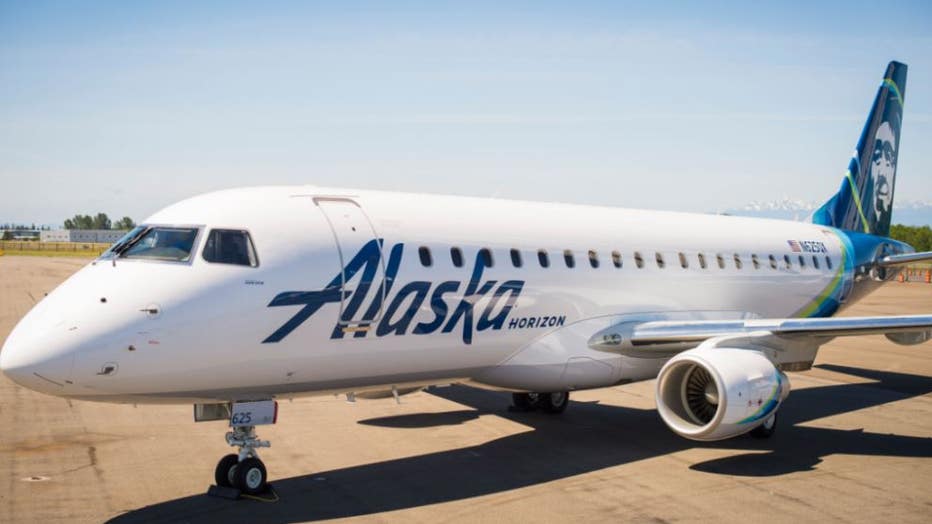Off-duty Alaska Airlines pilot facing attempted murder charges rode in plane's jump seat
Off-duty Alaska Airlines pilot, who tampered regional airliner, may face attempted murder charges
Eighty-three people on board an Alaska regional jet flying from Washington State to SFO were the unwitting and unknowing intended victims of an off-duty pilot who apparently tried to bring the plane down. It appears to be a bold attempt to cause a massive murder/suicide disaster that two quick thinking pilots averted.
SAN FRANCISCO - Eighty-three people on board an Alaska regional jet flying from Washington State to SFO were the unwitting and unknowing intended victims of an off-duty pilot who apparently tried to bring the plane down. It appears to be a bold attempt to cause a massive murder-suicide disaster that two quick thinking pilots averted.
Joseph David Emerson, the off-duty pilot, was arrested after he reportedly tried to shut down the engines, in midair, on an SFO-bound flight. The Alaska Air flight, operated by its regional carrier, Horizon Air, was going from Everett, Washington to San Francisco Sunday night.
The Federal Aviation Administration released a recording from the pilot to air traffic controllers. "OK. To give you a heads-up, we've got the guy that tried to shut the engines down out of the cockpit and he doesn't sound like he's causing any issue in the back right now. I think he's subdued," said an Alaska pilot on the recording.

The E175 aircraft fly exclusively for Alaska Airlines under a Capacity Purchase Agreement (CPA) with Horizon Air. (Ingrid Barrentine/Alaska Airlines)
The off-duty guest pilot was inside the cockpit, in what's called the jump seat, behind the pilot and co-pilot. Several reports say he tried to pull the fire suppression handle. That would arm the fire-extinguishing system, shut the engines down, cut off fuel, electricity, hydraulic and pneumatic control systems to the engines.
Jim Gray has been training pilots for more than three decades at his company Oakland Flyers. "I think it would be very difficult for somebody to come up from the jump seat and do anything really debilitating to the aircraft. You have two able-bodied pilots in the front seat there," said Gray.
The pilots were able to thwart that effort. The plane diverted to Portland where Emerson was arrested. He could face 83 counts of attempted murder.
Such routine use of jump seats allows pilots to ride in the cockpit back to their home base, provided their work shift is over and the jump seat available. He had a legitimate reason to ride in the cockpit, but not interfere with it. "Other than that, yeah, we want law enforcement when we get on the ground and park," radioed the pilot to air traffic control.
These days, the only other people allowed to fly in the jump seat are pilots, representatives of the FAA, the National Transportation Safety Bureau, air traffic controllers and qualified technicians observing specific equipment.

